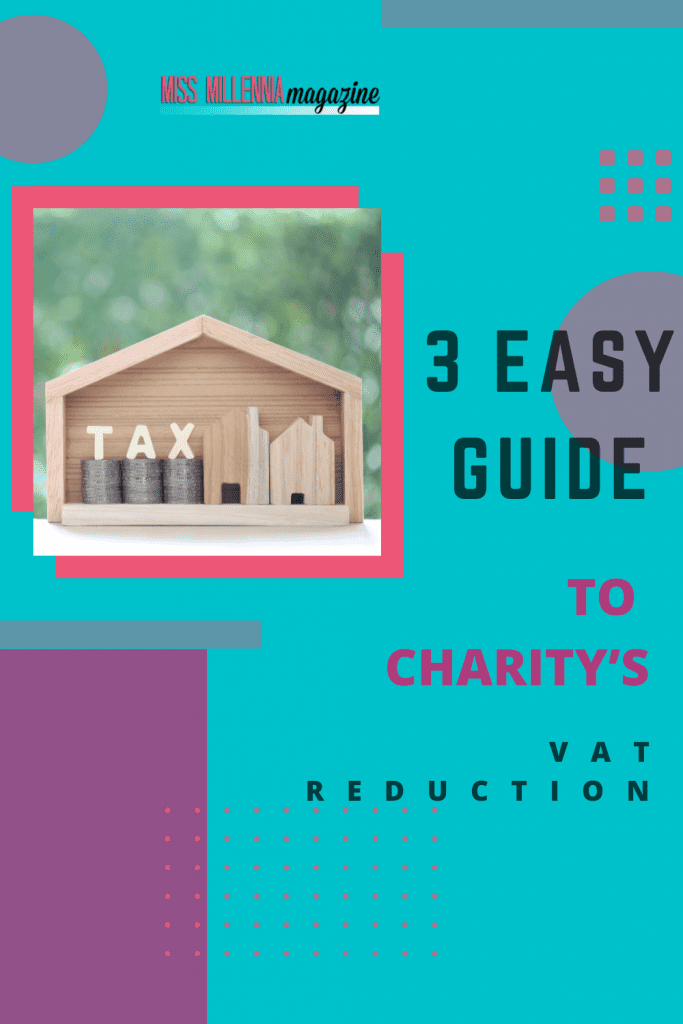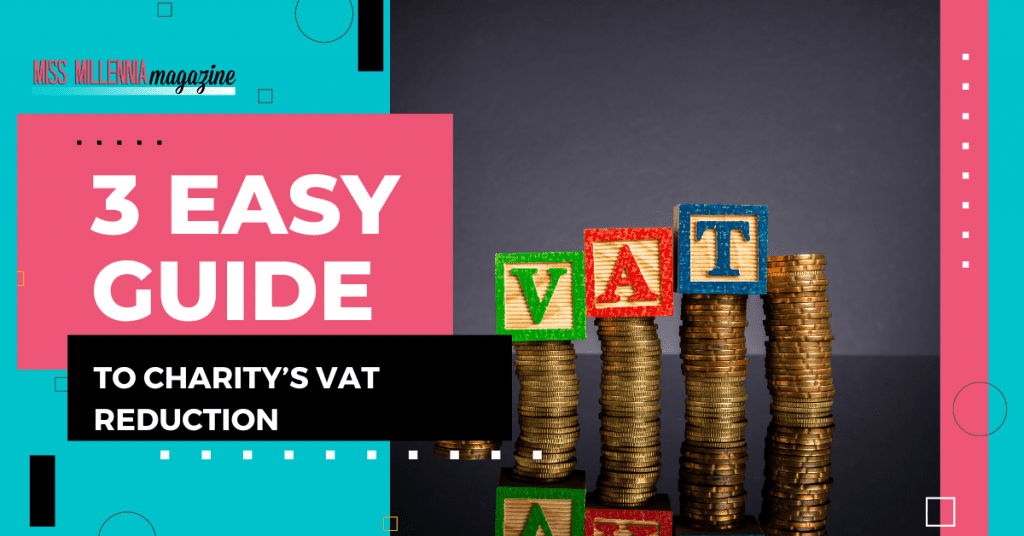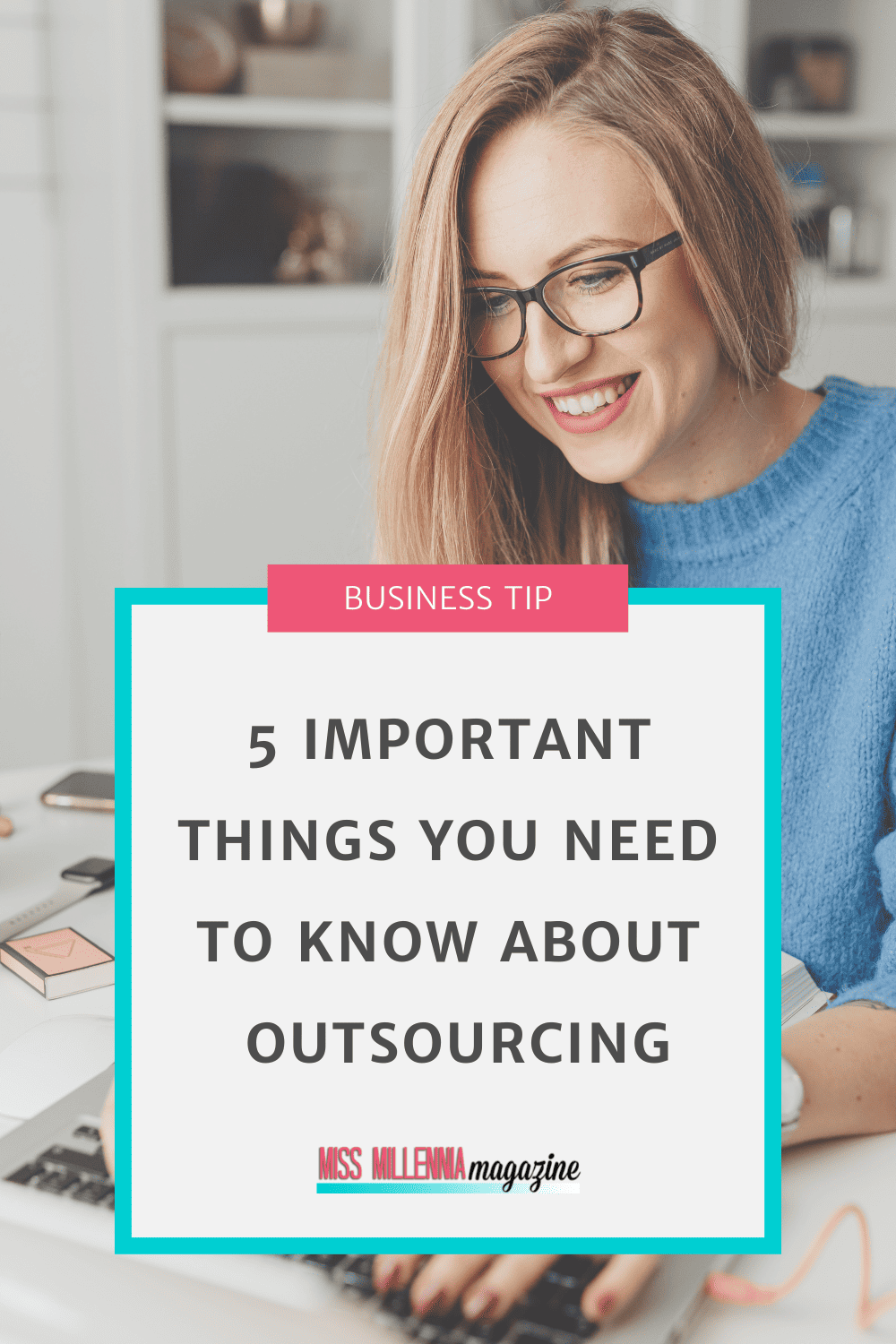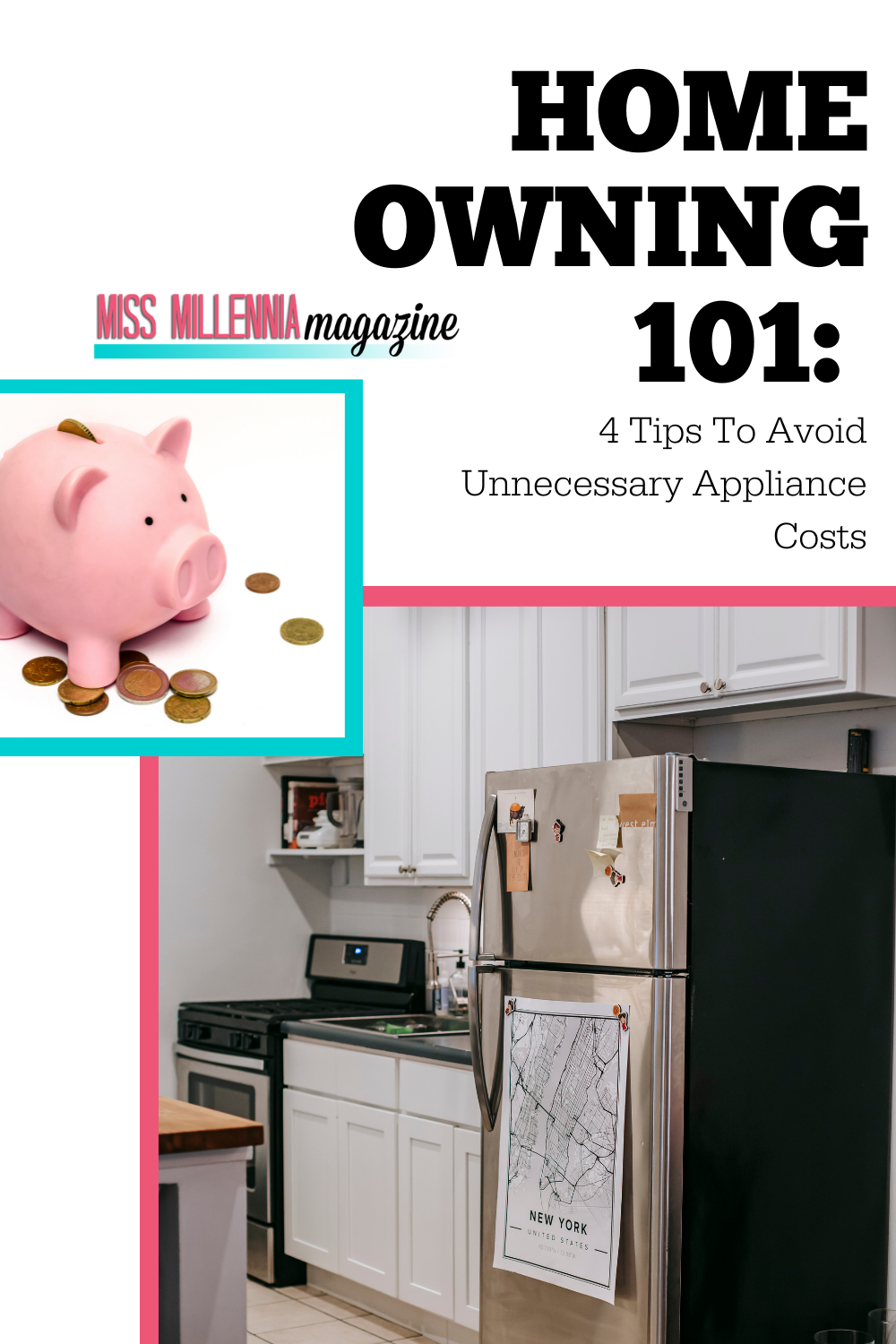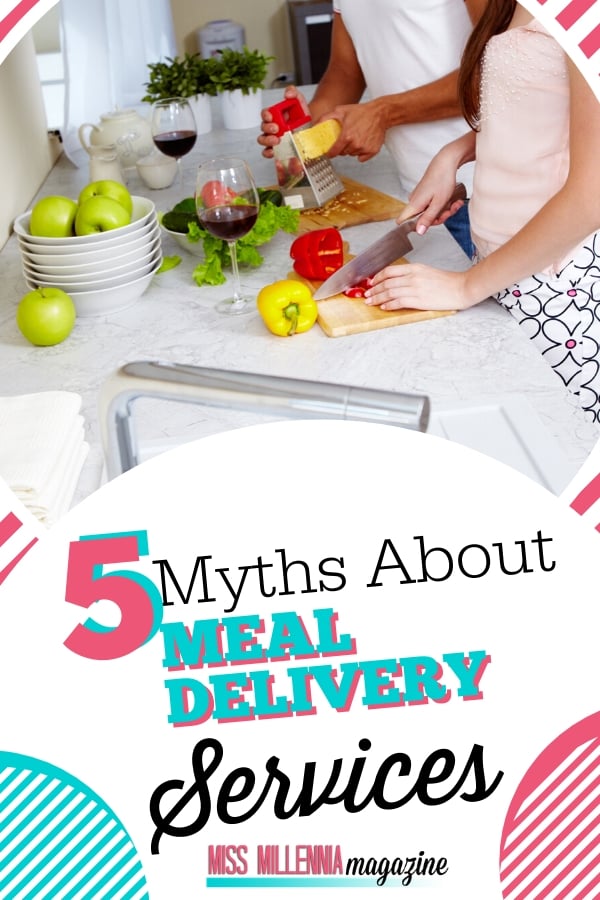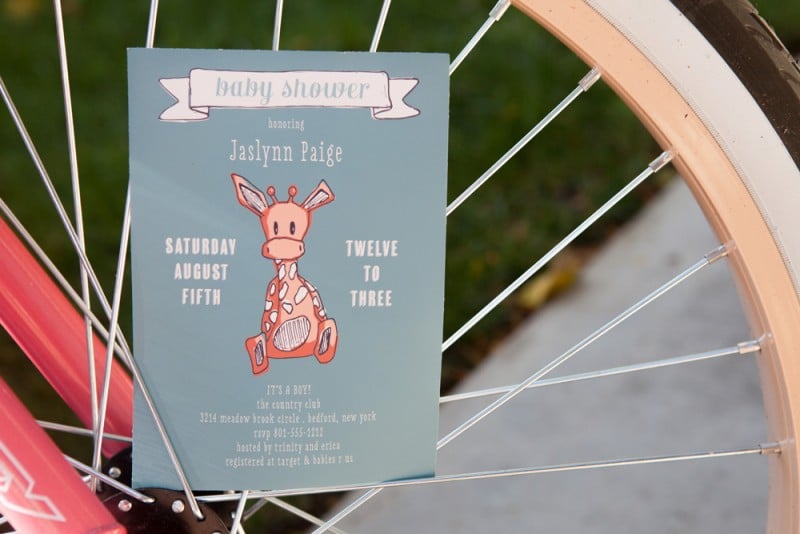3 Easy Guide to Charity’s VAT Reduction
Managing a charity requires accounting for every penny spent. Many products and services businesses must pay for are exempt from VAT for charitable enterprises. Supplying a charity with electricity and VAT exemptions is often fraught with confusion.
Many charities operate similarly to businesses and are usually not registered, and because of this, they can’t reclaim VAT. If charities are not registered, do they have to pay energy bills, or do they qualify for VAT relief?
The answer is simple, charities and nonprofits are not exempt; however, they are eligible for VAT relief. Click here for more information on VAT relief for charities, and read on to find out how your charity can apply for VAT relief.
#1: How Does VAT Relief For Charities Work?
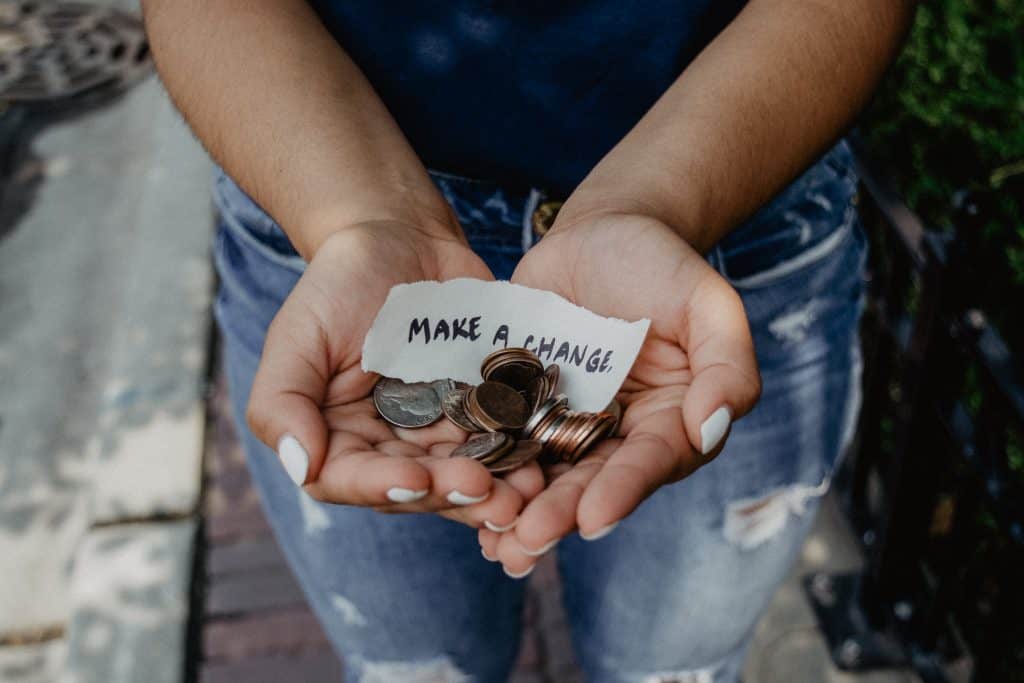
Businesses and households must pay VAT for all their energy usage, which is a significant charity expense. Gas and electricity bills for businesses usually are a 20% charge, which significantly increases energy costs. However, eligible charities can receive a reduced rate on their charities’ energy bills from 20% to 5%.
A charity that meets the eligibility criteria is also exempt from the Climate Change Levy charges associated with business energy bills. Understanding the eligibility criteria, however, can be challenging. To qualify, you must be a charity commissioner and HMRC-registered charity.
Nonprofit organizations may receive a reduced rate of 5% on business gas and energy bills if they use 60% or more of their building’s electricity for the following purposes:
- Facilities that provide care to the elderly or the young (such as a children’s home)
- Animal shelters or community centers
- There is only one way for Charity’s small-scale customers to receive energy (up to 1,500 kilowatt-hours of electricity or 2,500 liters of gas oil per month).
It becomes more challenging when you use your building’s energy for profit and good. The market rate (up to 60%) will apply when you use this service for business purposes. If consumption exceeding sixty percent is considered “charitable,” you will be charged a lower VAT rate.
What Is the VAT Threshold for Business Energy?
If you use no more than 145kWh per day of gas (4,397kWh per month) and 33kWh (1,000kWh per month) of business electricity, you should be eligible for a reduced rate of 5% on your gas and electricity bills.
When Do Charities Pay VAT?
Charities must register if their taxable turnover exceeds £85,000.
#2: How To Apply for VAT-reduced Rates?

To receive a reduction from your energy provider, you must inform them that you are a charitable organization.
On the HMRC website, you can find a VAT declaration form your energy supplier will ask you to fill out. Your energy supplier will also require the Charity Commission’s registration number as proof of your charitable status.
You will need the following documentation when applying:
- Your bank account information
- The financial details of your organization
- The details of your officials
- The registered charity number
- The charitable objective and your governing documents.
Your energy provider also needs a written declaration when applying for a VAT reduction.
#3: Backdated VAT Claims
Registered Charities can recover all costs directly related to VAT-taxable items and services they sell. However, most donations to charities are tax-exempt, so most charity and nonprofit organizations will not be registered.

Suppose a nonprofit or charity organization is not registered. In that case, it may be eligible to recoup up to four years if it paid ordinary VAT on lower-rated or zero-rated goods and services. Refunds would be calculated based on the difference between the standard rate and the current rate. Returns allow charities to get reimbursements from HMRC.
It’s important to understand that if a charity pays the reduced or zero rate, HMRC may go back and adjust it. You may be subject to hefty tax payments if you don’t meet the charity exemption requirements. It would be best to seek the assistance of your accountant before claiming backdated VAT.
Final Thoughts
Charities must meet the requirements to qualify for a reduced VAT rate of 5 percent from their energy supplier. However, you must ensure that your charity or nonprofit organization is registered with the Charity Commission and that you have completed all the necessary forms on the HMRC website.
